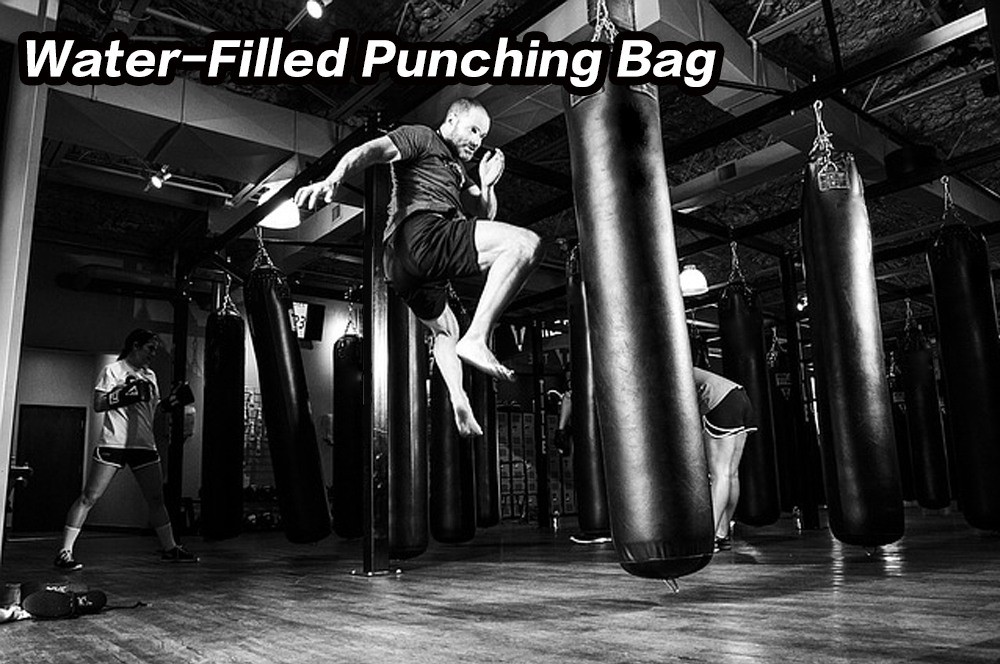Plant Sucrose Invertase (Invertase) is for research use only.
1. **Preparation of Standard Curve:**
Place 10 standard wells on the microplate. Add 100 μL of standard solution into the first and second wells, then add 50 μL of standard diluent to each. Mix thoroughly. Take 100 μL from the first and second wells and transfer them to the third and fourth wells, respectively. Add 50 μL of standard diluent to the fourth well and mix. Discard 50 μL from the third and fourth wells, then add 50 μL of standard diluent to each. Repeat this serial dilution process until the tenth well. After mixing, take 50 μL from the fifth and sixth wells and transfer to the seventh and eighth wells. Add 50 μL of standard diluent to each and mix. Then transfer 50 μL from the seventh and eighth wells to the ninth and tenth wells, and add 50 μL of diluent again. After the final dilution, each well contains 50 μL with concentrations of 90 IU/L, 60 IU/L, 30 IU/L, 15 IU/L, and 7.5 IU/L, respectively.
2. **Sample Addition:**
Set up blank control wells by omitting both the sample and enzyme reagent, while following the same procedure. Add 40 μL of sample diluent to each test well, then add 10 μL of the sample to be tested (final dilution factor of 5). Carefully pipette the sample to the bottom of the well, avoiding contact with the walls. Gently mix to ensure even distribution.
3. **Incubation:**
Seal the plate with an adhesive film and incubate at 37°C for 30 minutes.
4. **Washing Solution Preparation:**
Dilute 30 mL (or 20 times for 48T) of concentrated washing buffer with distilled water and set aside.
5. **Washing Steps:**
Remove the sealing film, discard the liquid, and blot dry. Fill each well with washing solution, let stand for 30 seconds, then discard. Repeat this process five times, and pat the plate dry.
6. **Enzyme Conjugate Addition:**
Add 50 μL of enzyme-labeled reagent to each well except for the blank wells.
7. **Second Incubation:**
Seal the plate and incubate at 37°C for another 30 minutes.
8. **Second Washing:**
Follow the same washing steps as above.
9. **Color Development:**
Add 50 μL of color reagent A, followed by 50 μL of color reagent B. Mix gently and avoid exposure to light. Incubate at 37°C for 15 minutes.
10. **Stop Reaction:**
Add 50 μL of stop solution to each well to terminate the reaction. The color will change from blue to yellow.
11. **Absorbance Measurement:**
Measure the absorbance at 450 nm using a microplate reader. Ensure measurements are taken within 15 minutes after adding the stop solution. Use the blank well to zero the instrument before starting.
This procedure ensures accurate quantification of sucrose invertase activity in the samples. Always follow proper safety protocols when handling reagents.
Fitness Aqua Bag

Due to the inertia of the liquid in the fitness Aqua Bag at the beginning and end of the exercise, the human body mobilizes more muscles to control. This is a good way to train the human body to accelerate, brake and change speed during exercise, and the effect is better and stronger, more fun!
â— A DOING PVC aqua bag can effectively prevent sports injuries and is safe to use.
â— You can enjoy different exercise intensities according to your personal tolerance. If you feel that the ball is too heavy, you can fill a little or half of the liquid in the ball. This is suitable for all ages. Sphere, cylinder and horn shapes can be customized.
â— The fitness Aqua bag has superior toughness, softness and comfort, wear resistance, strong aging resistance, and a long service life.
Aqua Bag,Aqua Bag Boxing,Aqua Training Bag,Aqua Punching Bag,Fitness Aqua Bag
Danyang Doing Articles Co.,Ltd , https://www.dydoing.com
